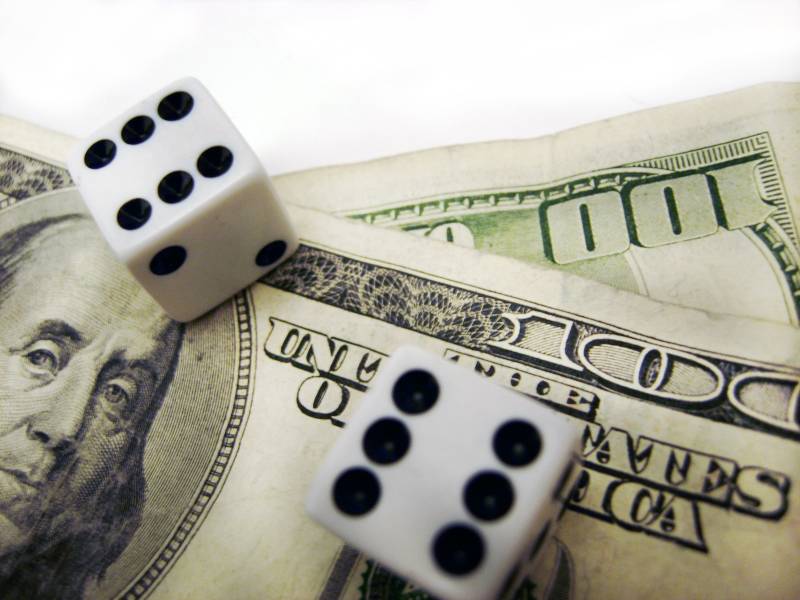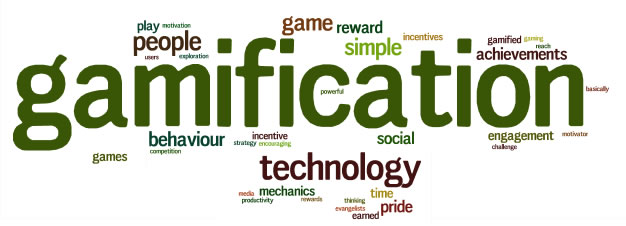Good day and all. Today I am merely rambling to try to either prove or disprove an idea I have.
I was thinking about short definitions for Gamification – outside of the usual
Add game mechanics to non game tasks
The more I look at Gamification, the more unsatisfied I am with that description. There is so much more to Gamification.
I have written in length about that side of Gamification. The use of extrinsic rewards, badges, leaderboards, social elements etc. The more I look, the more I realise how much more we are trying to capture under that one wading of Gamification.





